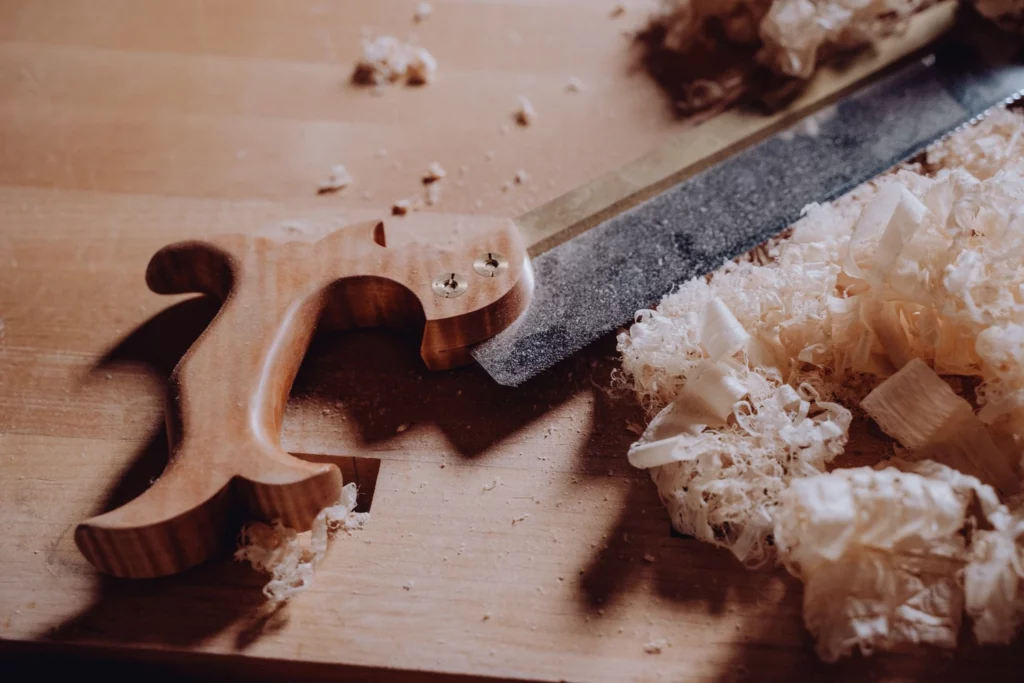Going Green: Exploring Eco-Friendly Alternatives to Traditional Sand Paper
Sandpaper, also known as abrasive paper, is a widely used tool in various industries and DIY projects. It is commonly used for smoothing surfaces, removing paint or varnish, and preparing surfaces for painting or finishing. However, traditional sandpaper is not environmentally friendly due to its composition and manufacturing process. In recent years, there has been a growing demand for eco-friendly alternatives to traditional sandpaper. This article will explore some of these alternatives and their benefits.
The Environmental Impact of Traditional Sand Paper
Traditional sandpaper is typically made from a combination of paper or cloth backing and abrasive materials such as silicon carbide, aluminum oxide, or garnet. The production of these abrasive materials involves mining and refining processes that can have a significant impact on the environment. Additionally, the disposal of used sandpaper can contribute to landfill waste.
Furthermore, the manufacturing process of traditional sandpaper involves the use of chemicals and energy-intensive processes. The production of the abrasive materials requires large amounts of energy and water, and the adhesive used to attach the abrasive to the backing can contain harmful chemicals.
Eco-Friendly Alternatives to Traditional Sand Paper
Fortunately, there are several eco-friendly alternatives to traditional sandpaper that offer similar or even better performance while minimizing the environmental impact. These alternatives are made from sustainable materials and use manufacturing processes that are less harmful to the environment.
1. Recycled Sandpaper
Recycled sandpaper is made from recycled materials, such as post-consumer waste or industrial byproducts. By using recycled materials, the production of sandpaper reduces the demand for new raw materials and minimizes waste. Recycled sandpaper can be just as effective as traditional sandpaper and is available in various grits for different applications.
2. Biodegradable Sandpaper
Biodegradable sandpaper is made from natural materials that can break down over time without causing harm to the environment. These materials can include cellulose fibers, plant-based adhesives, and natural abrasives. Biodegradable sandpaper is a sustainable option that can be composted or disposed of without contributing to landfill waste.
3. Bamboo Sandpaper
Bamboo sandpaper is made from bamboo fibers, which are a renewable and sustainable resource. Bamboo grows quickly and does not require pesticides or fertilizers, making it an environmentally friendly material. Bamboo sandpaper is durable and offers excellent performance for sanding applications.
4. Cork Sandpaper
Cork sandpaper is made from cork, a natural and renewable material derived from the bark of cork oak trees. Cork is harvested without harming the trees, making it a sustainable option. Cork sandpaper is lightweight, flexible, and provides a smooth sanding experience.
5. Abrasive Pads
Abrasive pads are an alternative to traditional sandpaper that can be used for various sanding tasks. These pads are made from non-woven fibers and are available in different grits. Abrasive pads are durable, long-lasting, and can be easily cleaned and reused, reducing waste.
The Benefits of Using Eco-Friendly Alternatives
Using eco-friendly alternatives to traditional sandpaper offers several benefits for both the environment and the user:
- Reduced environmental impact: Eco-friendly alternatives minimize the use of non-renewable resources, reduce waste, and lower carbon emissions.
- Healthier working environment: Traditional sandpaper can release harmful dust particles during sanding, which can be hazardous to health. Eco-friendly alternatives often produce less dust and are safer to use.
- Cost-effective: While some eco-friendly alternatives may have a slightly higher upfront cost, they are often more durable and can be reused multiple times, resulting in long-term cost savings.
- Comparable performance: Many eco-friendly alternatives offer similar or even better performance compared to traditional sandpaper. They can achieve smooth and even surfaces without compromising on quality.
Case Study: The Success of Recycled Sandpaper
One successful example of an eco-friendly alternative to traditional sandpaper is recycled sandpaper. A company called Eco-Sandpaper has been producing high-quality recycled sandpaper for several years. Their sandpaper is made from 100% post-consumer waste, such as old newspapers and cardboard. The company has invested in advanced recycling technology to ensure that the recycled materials meet the required standards for sanding applications.
Eco-Sandpaper has gained recognition for its commitment to sustainability and has received several awards for its eco-friendly products. The company’s recycled sandpaper has been widely adopted by professionals and DIY enthusiasts who value both performance and environmental responsibility.
Conclusion
As the demand for eco-friendly products continues to grow, the need for sustainable alternatives to traditional sandpaper becomes increasingly important. Recycled sandpaper, biodegradable sandpaper, bamboo sandpaper, cork sandpaper, and abrasive pads are just a few examples of the eco-friendly alternatives available in the market. These alternatives offer comparable performance while minimizing the environmental impact.
By choosing eco-friendly alternatives, individuals and industries can contribute to a greener future while still achieving excellent results in their sanding projects. The use of sustainable materials and manufacturing processes not only benefits the environment but also promotes a healthier working environment and long-term cost savings. It is time to embrace these eco-friendly alternatives and make a positive impact on the planet.



















